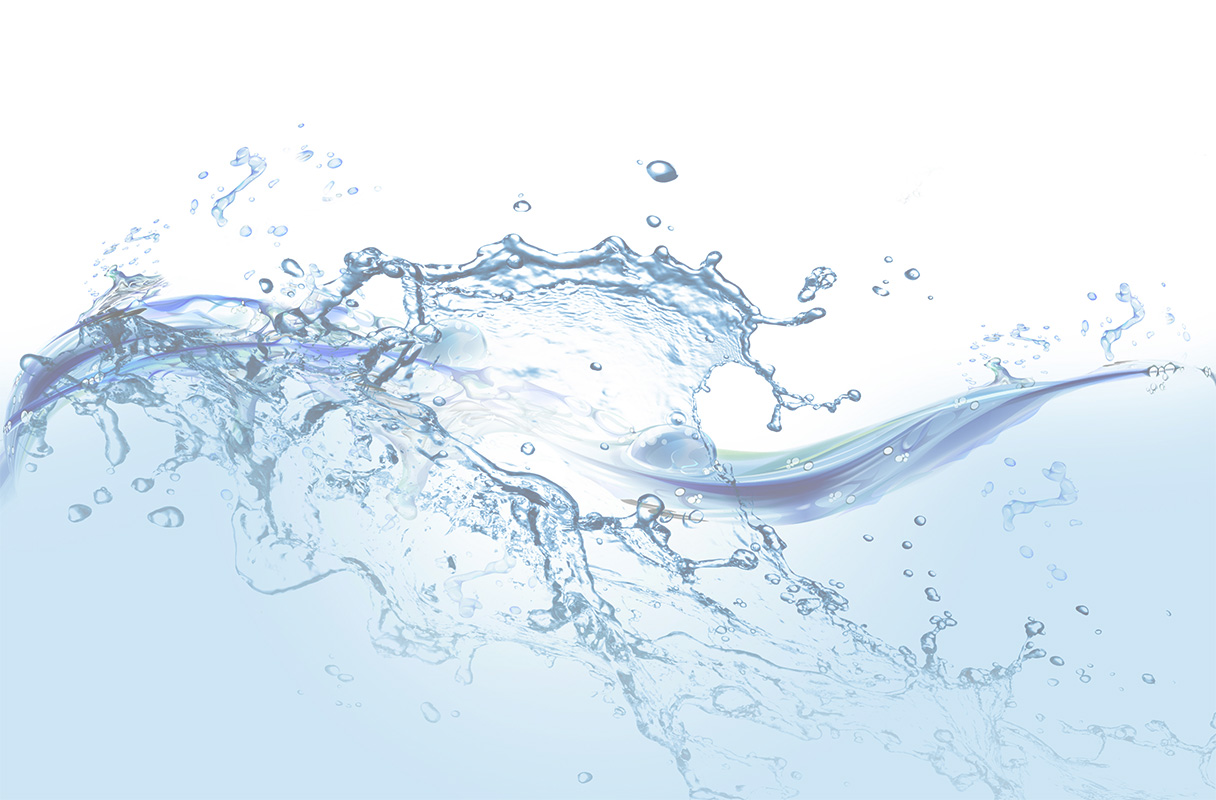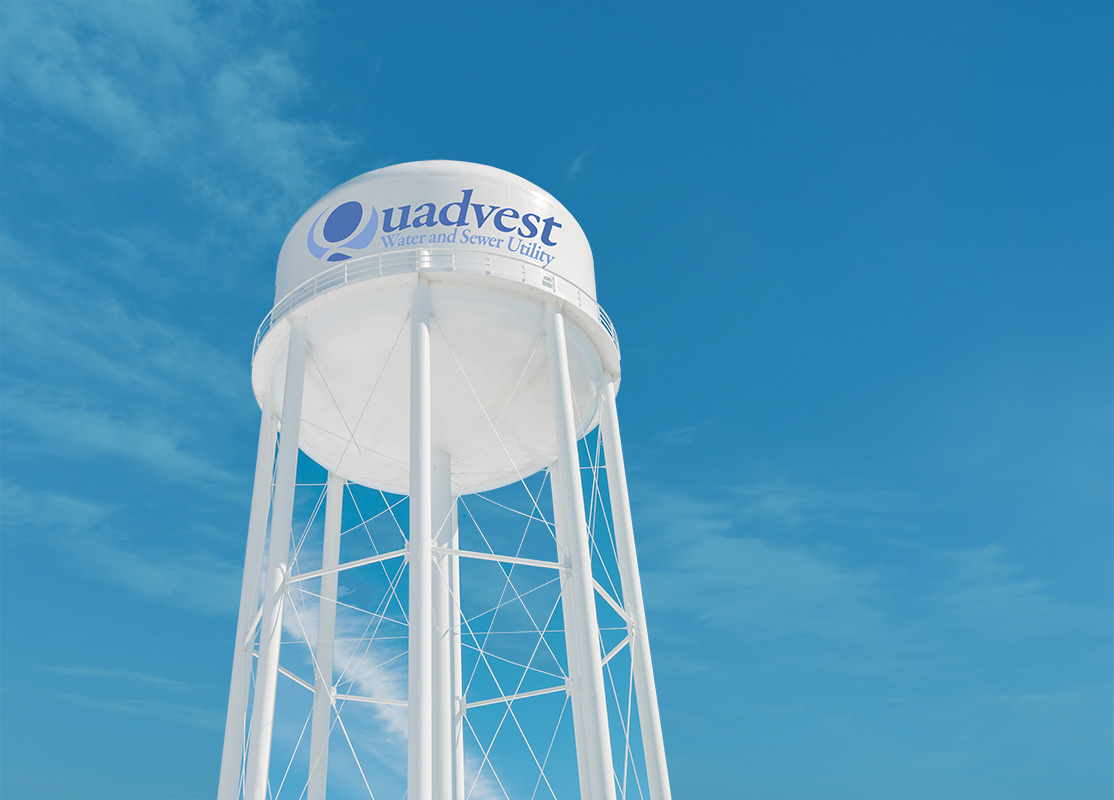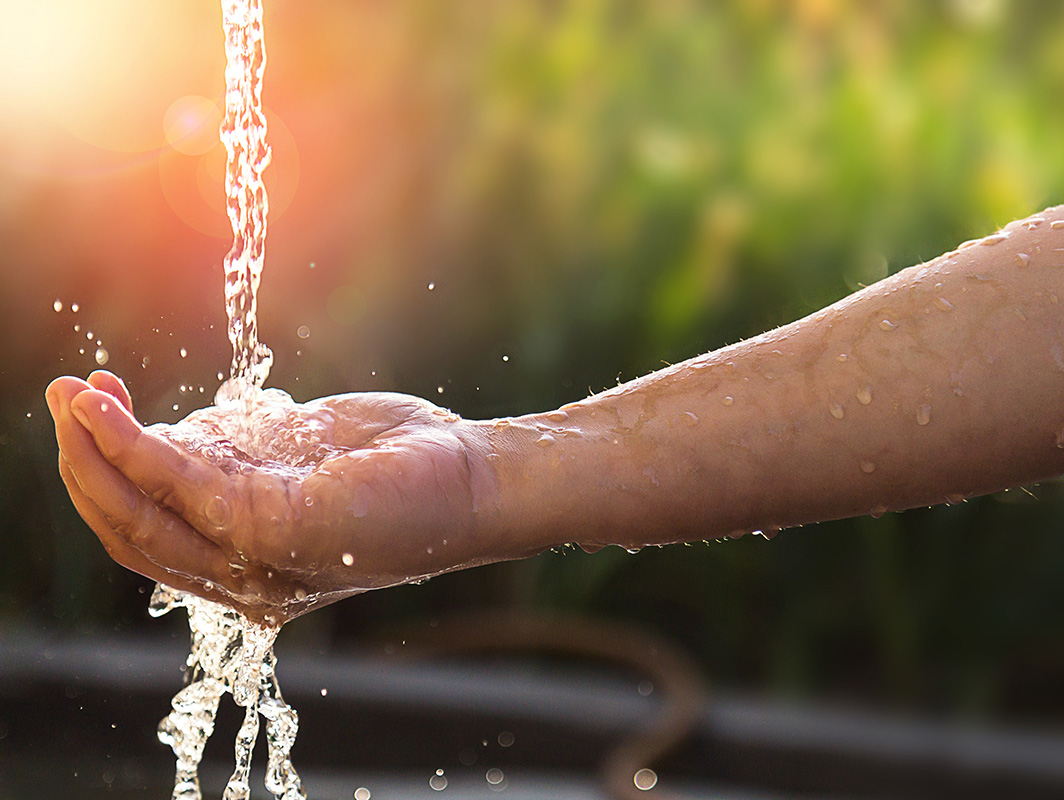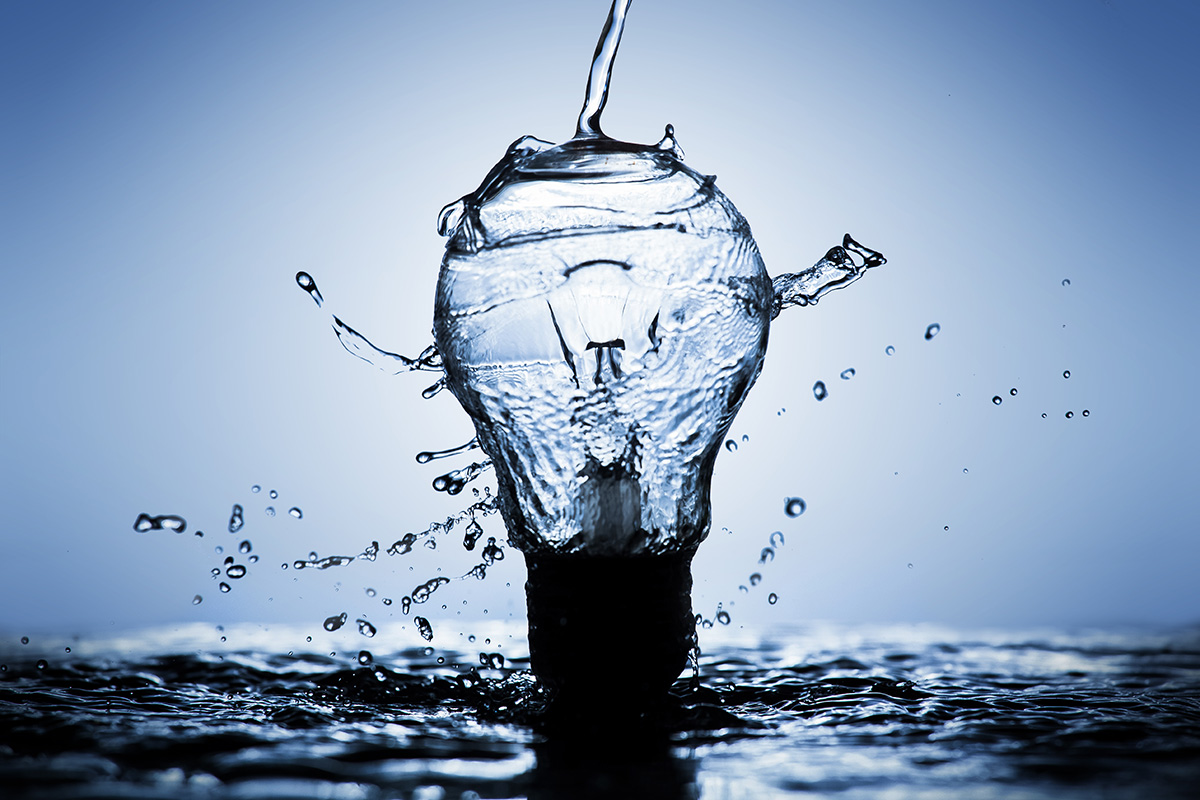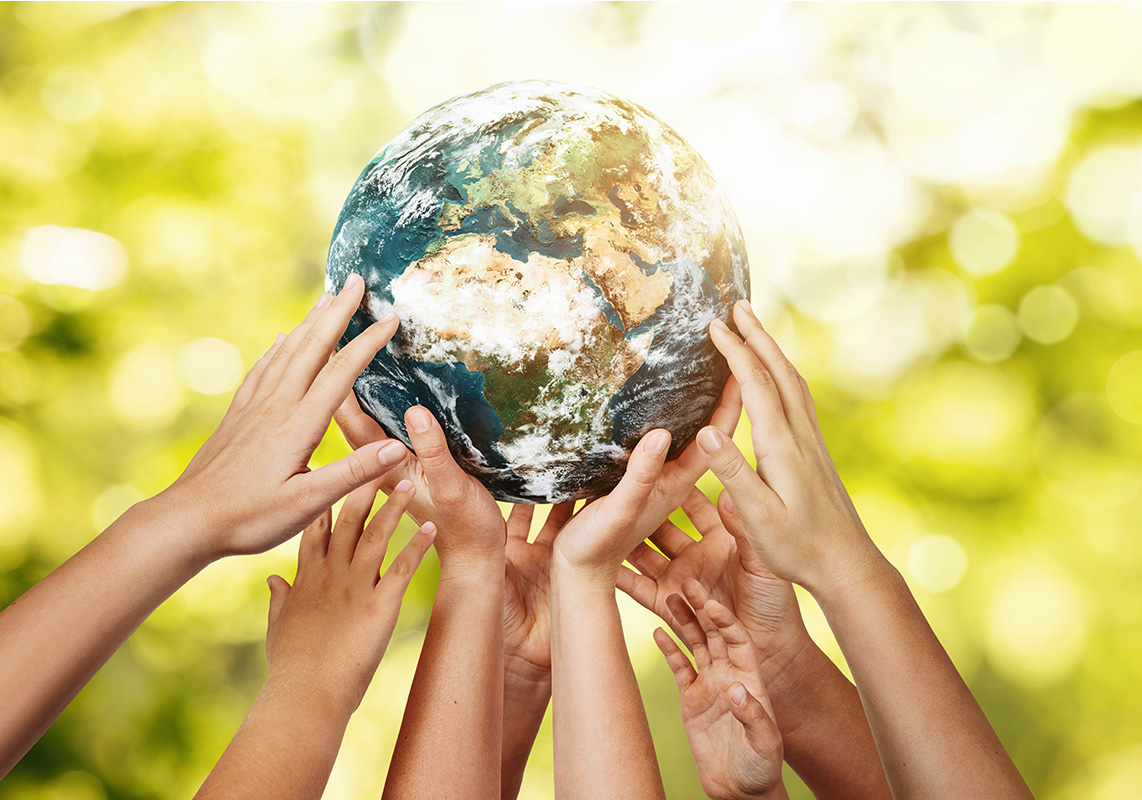10 Ways You Can Save Water and Money From a Water Utility Company

Water is a precious commodity, and we all need to do our part in preserving it. Here are 10 super simple, easy ways you can save water (and save money!):
1 – Take Shorter Showers
The Environmental Protection Agency (EPA) estimates the standard showerhead uses 2.5 gallons of water per minute, and the average shower lasts eight minutes. Given those numbers, a little math reveals that the average shower devours a staggering 20 gallons of water!
Reduce your shower to 5 minutes and reduce your environmental water footprint. You can even make this meaningful change easy and fun. Simply keep track of your time by listening to your favorite five-minute song, podcast, or news clip.
In addition to starting your day as an environmental champion inspired by your favorite tune, you will also be cutting 225 gallons of water usage from your water bill every month! A win-win!
DID YOU KNOW...
According to water utility companies and data collect by water treatment plants around the United States, the average family uses nearly 40 gallons of water per day showering! In total, that is approximately 1.2 trillion gallons of water per day. Putting it into perspective, that same 1.2 trillion gallons of water would supply the needs of New York and New Jersey for one year!
2 - Install a Water Saving Showerhead

Showerheads with the “WaterSense” label use only 2.0 gpm (gallons per minute) AND have been independently tested for not only efficiency but performance as well. Thus, by installing one of these water-saving showerheads, you can reduce water usage, save money and know you will continue to enjoy quality showers!
3 – Rethink How You Use Your Dishwasher
You no longer need to painstakingly rinse all of your dishes before loading! Now, you can just scrape any remaining food into your trash can or disposal and let your dishwasher do the rest!
In addition, though most dishwashers carry the EPA Energy Star Rating, they still use the same amount water regardless of how many dishes you load before running. If, for example, you run your dishwasher half-full, you double your water usage. Waiting to run your dishwasher until it is full ensures you reduce water usage saving water and saving money.
DID YOU KNOW...
Newer dishwashers use less water than hand-washing. Washing dishes by hand in the sink uses up to 27 gallons of water per load as opposed to the 3 gallons per load of Energy Star Certified dishwashers. Yes, that’s right! Load up that dishwasher and go relax!
4 – Dispose of Trash in the Trash Can - Not the Toilet!
Disposing of trash in the toilet clogs pipes, often resulting in costly repairs and poses problems at local wastewater facilities. Here are some common things you may flush down the toilet and what really happens to them after they are flushed:

Cigarette butts – Because they are filled with non-biodegradable chemicals, flushed cigarette butts pollute the environment.
Disposable wipes – Wipes, even those that say “flushable” do not dissolve and pose hazards to your pipes and the environment. These “wipes” include those for both personal hygiene and household cleaning.
Medications – Though properly disposing of leftover medications often poses a challenge, flushing them down the toilet is not the answer. Prescription medications will not dissolve in water. Rather, once flushed, they destroy good bacteria, contaminate groundwater supplies, and have a terrible impact on your local water utility service company.
Dental Floss – Believe it or not, dental floss is not biodegradable. It can act like a net catching debris and causing clogs.
Paper Towels – Paper towels are NOT manufactured like toilet paper! They do not break down easily and thus are not suited for disposal in the toilet as they can cause clogs.
Kitty Litter and Dried Cat Poop – The toilet is the perfect place to dispose of kitty litter and dried cat poop, right? No way! Made from sand and clay, kitty litter should never be flushed down the toilet. Dried cat poop does not dissolve and, over time, will clog pipes. You should always bag feline feces and throw it in the trash!
Q-Tips and Cotton Balls – Just like paper towels, Q-tips and cotton balls do not break down in water, and thus, do not belong in the toilet. Avoid clogs and damage by using the trash can instead.
5 – Maintain Your Plumbing and Fixtures
A leaky pipe, toilet or faucet wastes water and adds to your to your water bill! The most common types of leaks result from worn out toilet flappers, dripping faucets and leaky showerheads. Ten percent of homes in the United States waste more than 90 gallons of water a
 day just from leaks in small fixtures such as these.
day just from leaks in small fixtures such as these.
Check out some of these stats:
- Irrigation leaks no bigger than a dime can waste almost 6,300 gallons a month
- One leaked drip per second from a faucet adds up to over 3,000 gallons a year in wasted water
- A showerhead that leaks 5 drops per minute will waste over 250 gallons in one year!
Though tempting to let these types of repairs slide, in the long run, fixing leaks by repairing fixtures will reduce your water usage and save on your water bill.
6 – Flush Once
Toilets are the main source of water use in the home. They account for close to 30% of an average home’s water usage. Old, inefficient toilets can use up to 6 gallons per flush which is a lot of water waste! More than that, since they are inefficient, people have a tendency to flush twice which doubles the amount of water waste!
Toilets today are meeting the challenge of saving water by using an average of 1.28 gallons or less per flush! Want more savings? Dual-flush toilets further reduce water usage by letting you decide on a “half-flush” or “full-flush”. A half-flush is used for liquids and a full-flush for solids.
The bottom line is installing a new efficient toilet will save water and save money!
DID YOU KNOW...
Replacing an old inefficient toilet with a new efficient toilet can save you around $2,000 or more over the lifetime of the toilet.
7 – Turn Off the Faucet!
Do you keep the water running while brushing your teeth or shaving? This is a big water-waster! Water pours out of your faucet at an average of 2.5 gallons per minute! Your dentist suggests you brush your teeth for 1-2 minutes so just think of the amount of water you are wasting by letting it run! Turn the water off while brushing your teeth and only turn it on when in use! Saving water and money is oh so simple! Your local water treatment plant will thank you too!
8 - Water Smart
When watering, water the soil around your plants and not the plant’s leaves. The sooner the water reaches the plant’s roots the better!
Water your yard or garden early in the morning or late in the evening. During the heat of the day, water quickly evaporates shorting your yard and your wallet. Watering during cooler periods reduces this evaporation ensuring that the thirst of your yard is quenched and your wallet remains full!
DID YOU KNOW...
In Waller, Texas just northwest of Houston, summer months average around 103 degrees Fahrenheit. With this amount of heat, saving water is vital! 
9 – Collect Rain Water
What’s better than free?? Collecting rainwater is a great way to get water for free! Catch the water by placing a barrel under your gutters or even better, channel it straight into your garden or to your plants. Thousands of gallons of rainwater can be collected per year. Want more information or to see examples? Google “how to collect rainwater” and start learning.
DID YOU KNOW...
 You can yield approximately 6,000 gallons of rainwater from ten inches of rainfall from a 1,000 square foot attachment.
You can yield approximately 6,000 gallons of rainwater from ten inches of rainfall from a 1,000 square foot attachment.
And, according to a local water utility service company in Katy, Texas, Katy gets approximately 47 inches of rain per year! Just
think how much water you could collect if you lived in Katy!
10 – Skip the Wait and Have a Cold Drink NOW
In Texas, it is common to wait up to 20-30 seconds for the tap to run cold water. That is a long time to wait when you are thirsty (and it is a lot of water)! Fill a pitcher with water and keep it in the refrigerator. Never wait or waste again for that cold drink!
DID YOU KNOW...
You can make a huge difference for the environment and your life by just making a couple of these changes today! Save water (and save money) today!


